Em iluminação de tiras de led Os projetos, a escolha de um perfil de alumínio influencia não apenas a conveniência da instalação, mas também o desempenho térmico, a qualidade da luz e a vida útil. Por exemplo, o alumínio 6063-T5 - comumente usado em perfis de LED - tem uma condutividade térmica de cerca de 201 W/(M·K), mais de 1.000 × mais do que a maioria dos plásticos, permitindo transferir rapidamente os 8 a 10 W de calor gerado por metro por uma tira LED de alta potência (15 W/m). Sem dissipação adequada, esse calor pode empurrar as temperaturas das PCB acima de 80°C, levando à depreciação do lúmen, mudança de cor e redução de vida útil de até 50%.
A seleção do difusor desempenha um papel igualmente importante: um difusor mal compatível pode causar brilho, luz irregular ou saída reduzida, prejudicando a intenção do projeto.
Para obter uma análise completa das categorias de perfil, características de desempenho e casos de uso, consulte nosso Guia definitivo sobre o perfil de alumínio para iluminação de faixa LED. Neste guia, focamos na dissipação de calor e no design estético, fornecendo critérios práticos de seleção para designers de iluminação, empreiteiros e compradores de OEM que desejam a confiabilidade máxima do LED com um acabamento limpo e profissional.
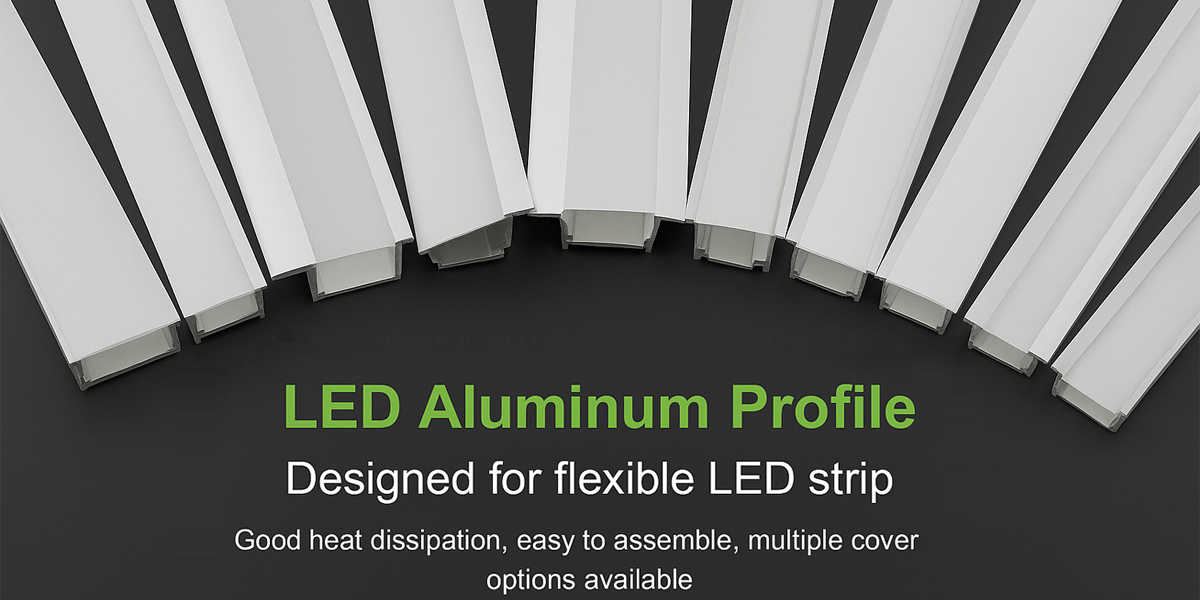
Problemas de calor de tiras de LED
O calor é um subproduto inevitável da operação da tira LED, e seu impacto se torna mais crítico em modelos de alta potência (10–20 W/m). Apenas cerca de 25–35% da energia de entrada é convertida em luz – o resto se torna calor. Por exemplo, uma faixa de LED de 15 W/m gera aproximadamente 10 W/m de carga térmica, o que, se não gerenciado, pode empurrar as temperaturas da PCB para além de 80 °C. Isso pode acelerar a depreciação do lúmen, causar uma mudança de cor perceptível e reduzir a vida útil em até 50%.
Os principais fatores que contribuem para o acúmulo excessivo de calor incluem:
massa térmica inadequada ou condução – Perfis feitos de alumínio de baixo grau ou com paredes finas (< 1 mm) transferem calor de forma menos eficaz. O uso de alumínio 6063-T5 (≈ 201 W/m·k condutividade térmica) melhora significativamente a eficiência da transferência de calor.
Restrições do ambiente de instalação – Covas fechadas, vitrines seladas ou altas temperaturas ambientes (> 35 °C) podem reduzir a dissipação de calor 20–30% Comparado com instalações abertas e ventiladas.
Operação contínua de alta potência – Corrida com brilho total por longos períodos sem uma profundidade ou barbatana Extrusão de dissipador de calor LED Pode levar a temperaturas de junção instáveis.
O design térmico eficaz significa selecionar um perfil que corresponda à potência, dimensões físicas e condições ambientais. Para obter uma análise detalhada dos tipos de canais, larguras e desempenho de resfriamento, consulte nosso Guia completo dos canais de luz de fita LED.
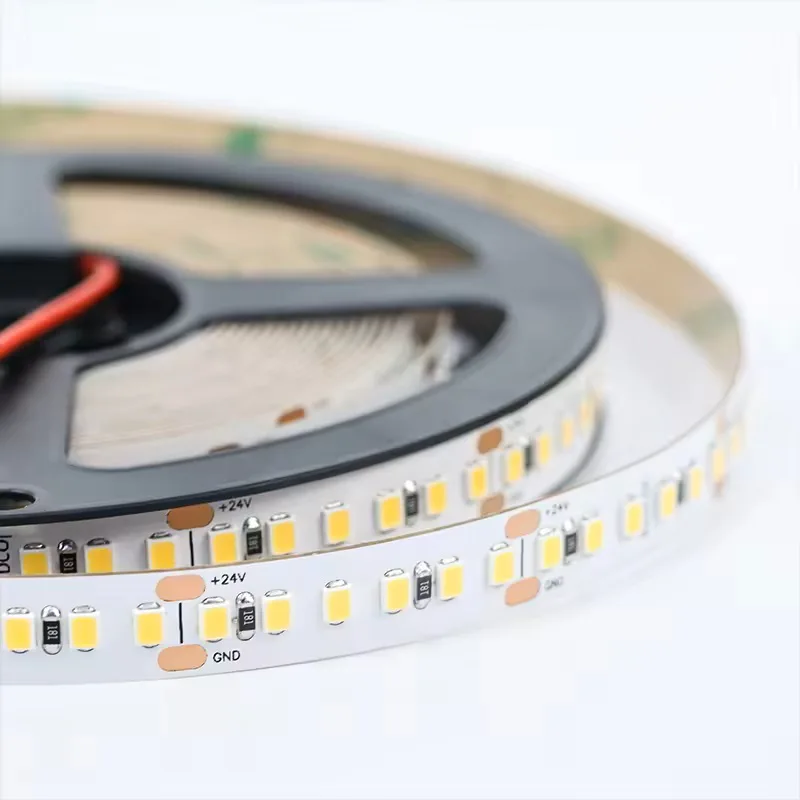
Fita LED SMD2835
LED QTY por metro Opção: 60/72/120/128/140
Opção de largura do PCB: 6mm/8mm/10mm
Opção de cor: 2700K-6500K
Opção CRI: 80/90/95
Tensão de entrada: DC12V/DC24V
Potência por metro: 6W/8W/9.6W/12W/14.4W/19.2W
Eficiência: 100-200 lúmenes/watt
Dissipação de calor em perfis de alumínio
Os perfis de alumínio servem como dissipadores de calor passivos, transferindo energia térmica do PCB LED para o ar circundante. A eficiência deste processo pode ser medida pela queda de temperatura alcançada sob operação contínua. Por exemplo, a atualização de um perfil de parede fina de 1 mm para um perfil de alumínio 6063-T5 de parede grossa de 2 mm pode reduzir a temperatura do PCB LED em 6–8 °C a 15 W/m de carga - o suficiente para estender a vida útil de L70 em 30–40%.
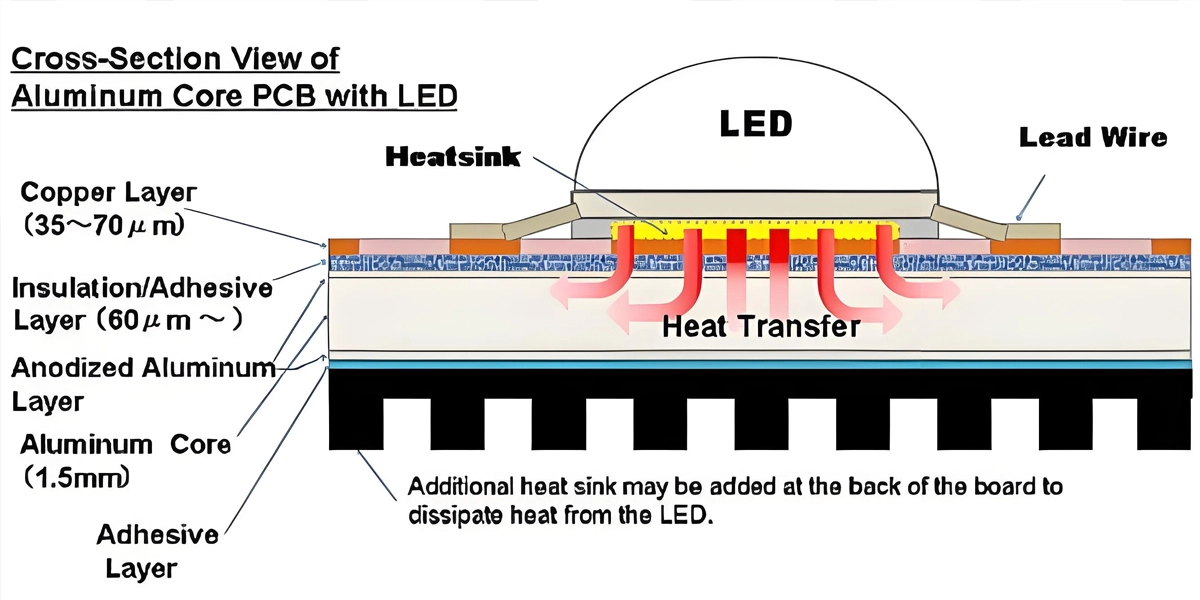
Principais parâmetros que afetam a dissipação:
espessura da parede – Uma seção transversal mais espessa aumenta a massa térmica. 2 mm ou mais são recomendados para tiras ≥ 15 W/m.
Aprimoramento da área de superfície – Os perfis com aletas podem melhorar a transferência de calor por convecção em 20–30% em comparação com os designs planos.
grau de material – A liga 6063-T5 (≈ 201 W/M·K) é padrão; evite alumínio reciclado de baixo grau (< 150 W/m·K) que prejudica a condução.
interface de montagem – A fixação direta com as superfícies metálicas pode melhorar a dissipação em até 15%, enquanto as superfícies isolantes (madeira/plástico) podem reduzi-la em 10–20%, a menos que as almofadas térmicas sejam usadas.
Para tiras de LED de alta densidade em monitores de varejo, vitrines refrigeradas ou iluminação de fachadas arquitetônicas, considere extrusões de canal profundo ou multi-aleta para uma ótima estabilidade térmica. Opções detalhadas de produtos podem ser encontradas em nosso Perfil de alumínio para iluminação de fita de LED.
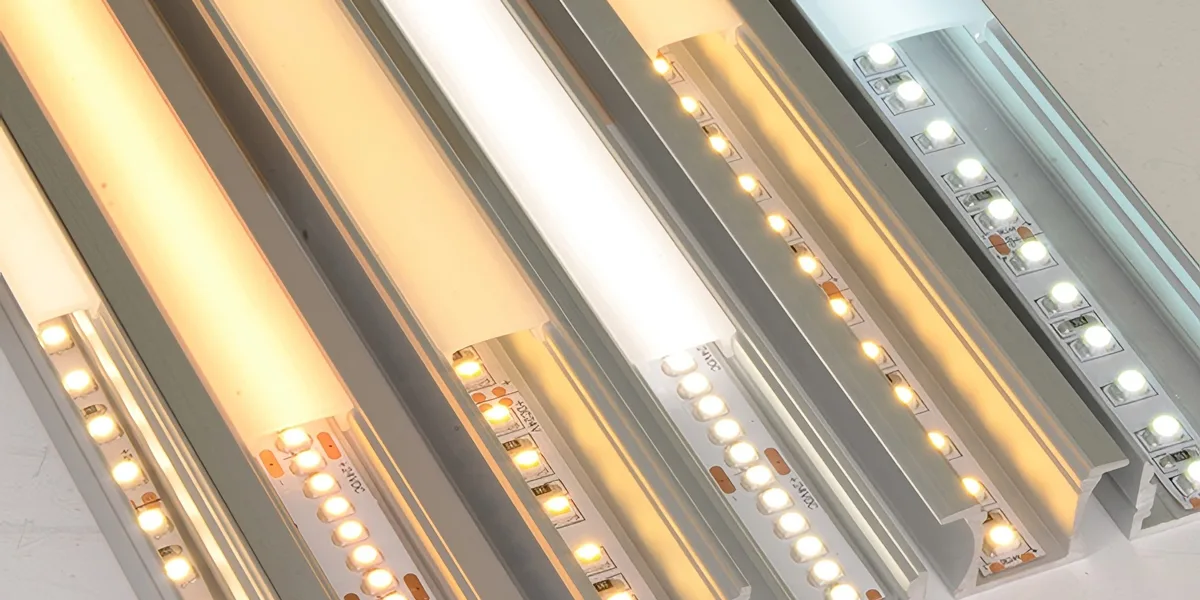
design de iluminação estética
O design estético é mais do que escolher uma “look” – afeta diretamente a distribuição da luz, o controle de brilho e a qualidade percebida. O difusor integrado ao perfil de alumínio determina o desempenho óptico e o conforto visual.
Tipos de difusor comuns e efeitos ópticos:
Clear (Transmissão de Luz 92–95%) – oferece brilho máximo, mas deixa visíveis os “pontos de acesso” do LED. Ideal para vitrines de joias, exibições de produtos e iluminação de tarefas, onde a intensidade é mais importante que a uniformidade.
Fosco (transmissão de luz 80–85%) – oferece brilho equilibrado e brilho reduzido. Adequado para mesas de escritório, prateleiras de varejo e iluminação sob o armário.
Opal/Milky (transmissão de luz 65–75%) – cria uma iluminação suave e sem hotspots com excelente controle de brilho. Melhor para enseadas residenciais, espaços de hospitalidade e iluminação ambiente.
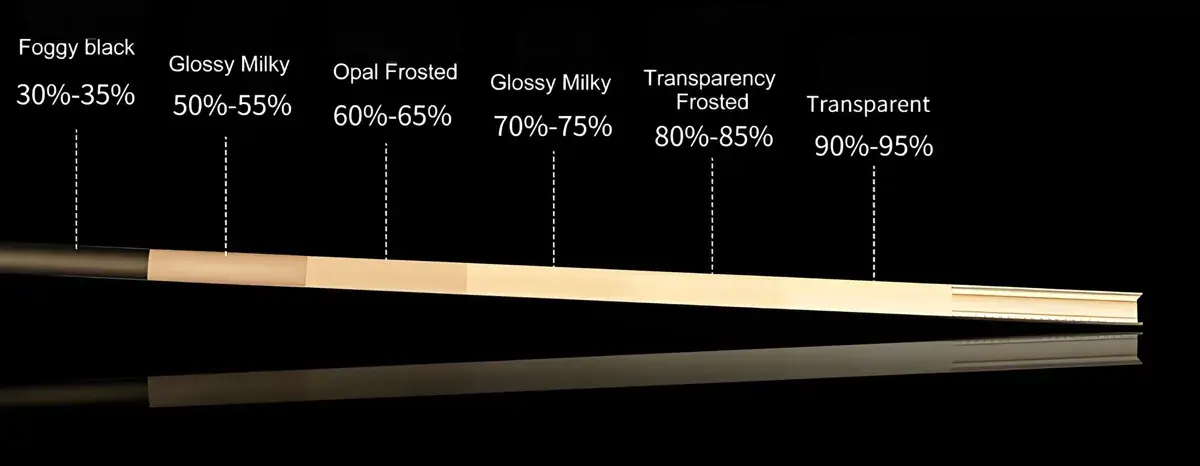
Dica: Distâncias maiores entre a tira de LED e o difusor (canais profundos) melhoram a uniformidade, especialmente para densidades de LED mais baixas (< 120 LEDs/m).
Para obter exemplos de como a escolha do difusor molda a função e o humor, consulte nosso Guia para o perfil de alumínio para LED de canto de 45° para fitas de LED.
Guia de seleção de perfil de alumínio LED
A seleção do perfil de alumínio correto requer capacidade térmica, desempenho óptico e compatibilidade mecânica correspondentes à faixa de LED e ao local de instalação.
Critérios-chave:
Densidade e densidade de tiras de LED – Por ≥ 15 W/m ou ≥ 120 LEDs/m, use perfis profundos ou com aletas com espessura de parede ≥ 2 mm para manter a temperatura da PCB < 70 °C.
Largura interna do perfil – Combine a largura interna da ranhura com o PCB da tira LED (por exemplo, 5 mm, 8 mm, 10 mm). Canais de grandes dimensões podem causar derramamento de luz; canais subdimensionados correm o risco de danificar a tira ou reduzir o contato para transferência de calor.
Ambiente de instalação – Áreas externas ou de alta umidade requerem extrusões anodizadas ou com classificação IP67 com difusores de policarbonato resistentes a UV.
Método de montagem –
- Montado na superfície: Melhor condução térmica se fixada em metal; pode exigir fita térmica em madeira/plástico.
- Recesso: requer recortes precisos (tolerância a +1 a 2 mm); oferece uma aparência corada, mas pode reduzir o fluxo de ar.
- Suspenso: estético moderno, mas com redução de calor devido ao isolamento do ar—selecione perfis com mais área de superfície.
- Canto de 45°: otimizado para bordas de prateleira, sob o armário e iluminação de acento em ângulo.

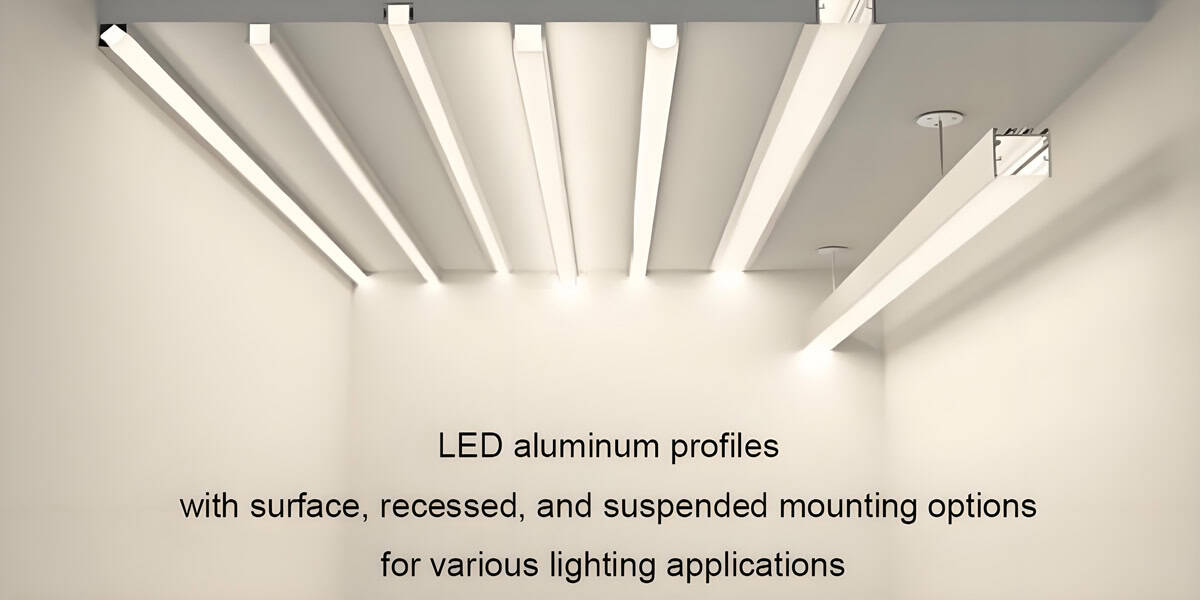
considerações econômicas – A atualização de um perfil padrão para um modelo com aletas pode aumentar o custo em 20–30%, mas pode prolongar a vida útil do LED em 30–40%, reduzindo os custos de substituição em um período de 5 anos.
Para obter especificações abrangentes de perfis e exemplos de aplicativos, consulte nosso Perfil de alumínio para iluminação de fita de LED.
Estudos de caso
Os casos a seguir demonstram como a seleção do perfil e difusor de LED certos pode atingir a dissipação de calor eficiente e efeitos de iluminação atraentes.
Caso 1 – iluminação de exibição de varejo com perfis de faixas LED CRI
Um varejista de joias instalou 15 W/M CRI 95 tiras de LED em um canal de alumínio de 1 mm com paredes finas com um difusor transparente. Após 6 meses, o calor excessivo (PCB > 78 °C) causou uma mudança de cor de ΔU'v de 0,004 - perceptível para os clientes que inspecionam pedras preciosas. A loja atualizou para uma parede de 2 mm, perfil de canal profundo com aleto em alumínio 6063-T5, reduzindo a temperatura do PCB em 7–8 °C e restaurando a renderização precisa de cores.
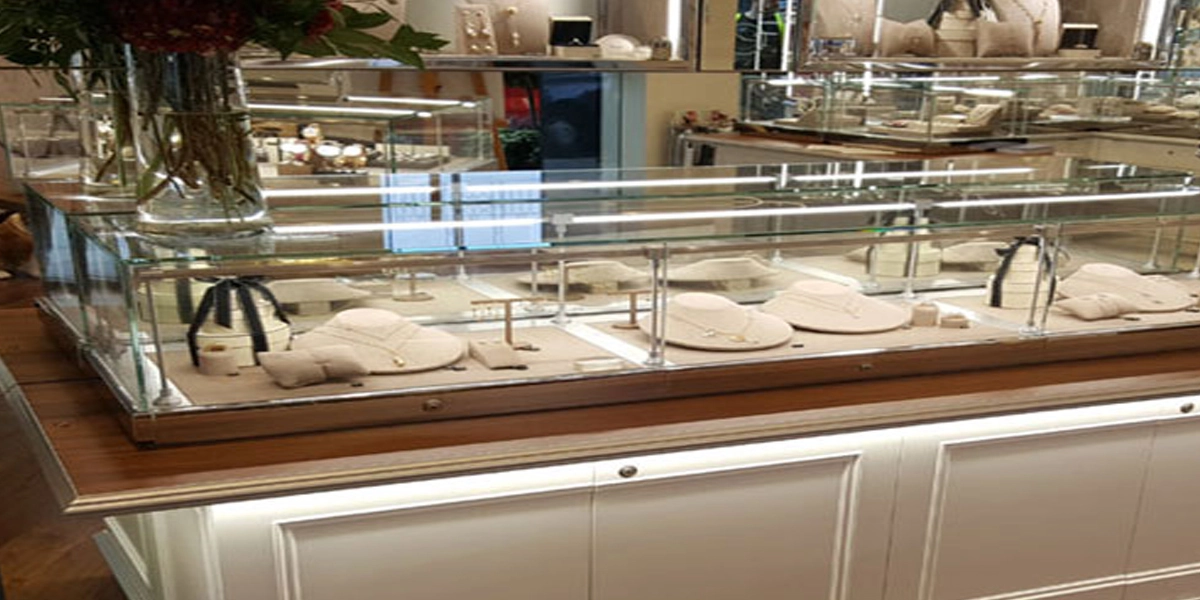
Caso 2 – iluminação de escritório com perfis de alumínio embutidos embutidos
Um escritório de plano aberto usava tiras de LED de 9,6 W/M e 4000K em perfis embutidos com difusores foscos. A classificação de brilho (UGR < 19) atendeu aos padrões de conforto no local de trabalho e as temperaturas dos PCBs permaneceram abaixo de 55 °C por três anos, sem nenhuma depreciação do lúmen visível.

Capa 3 – Cozinha residencial e guarda-roupa com canais LED difusos
Um proprietário instalou 8 W/M LED em perfis montados na superfície sob armários de cozinha e prateleiras internas do guarda-roupa. Escolher os difusores de opala eliminou o local do LED e criou uma luz uniforme. Os perfis foram fixados em painéis de backsplash de alumínio, melhorando a transferência de calor e mantendo o brilho estável em um espaço quente e fechado.
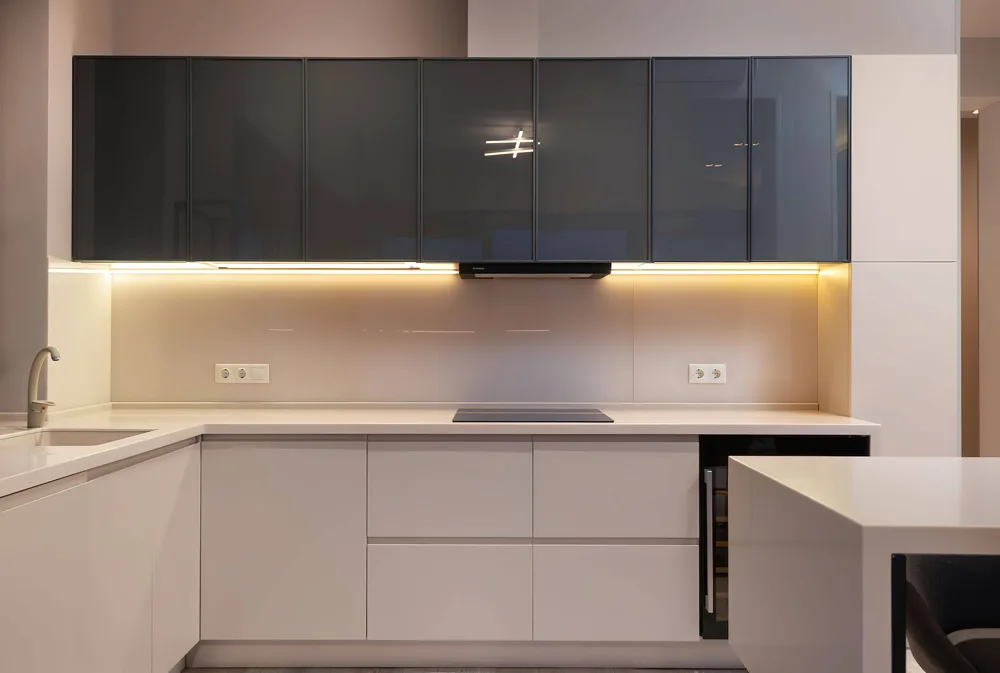
Caso 4 – iluminação de fachadas externas em climas tropicais com perfis IP67
Uma fachada arquitetônica no Sudeste Asiático publicou um IP67 com faixas LED de 12 W/m, anodizadas e resistentes a UV, com difusores Opal. Apesar das temperaturas ambientes superiores a 35 °C, a configuração manteve as temperaturas do PCB abaixo de 70 °C, evitando falhas prematuras. Para seleção de perfil específico de fachada, consulte nosso Guia definitivo sobre o perfil de alumínio para iluminação de faixa LED.

Conclusão
Os perfis de alumínio não são apenas acessórios de montagem, mas sim sistemas de gerenciamento térmico, modeladores ópticos e aprimoradores de design em um. Escolher a extrusão certa para a potência do LED, o ambiente de instalação e os requisitos de qualidade de luz pode significar a diferença entre uma falha de 2 anos e uma vida útil de 50.000 horas.
A seleção certa melhora:
Estabilidade térmica – mantém as temperaturas de junção na faixa segura.
Qualidade da luz – controla o brilho, a difusão e a uniformidade.
Durabilidade – protege contra poeira, umidade e impacto mecânico.
Eficiência econômica – reduz os custos de substituição e manutenção ao longo do tempo.
Se você precisa de um canal profundo com aletas para iluminação de varejo de alta potência, um perfil de canto para vitrines ou uma extrusão com classificação IP67 para fachadas externas, nossa equipe de engenharia pode ajudá-lo a selecionar a solução mais eficaz.
Obtenha uma recomendação de perfil de alumínio sob medida para o seu projeto LED hoje – entre em contato com a Signlited ou explore nosso Perfil de alumínio para iluminação de fita de LED intervalo.
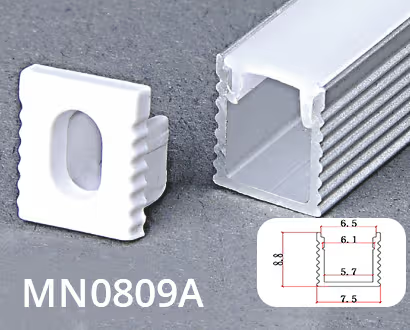
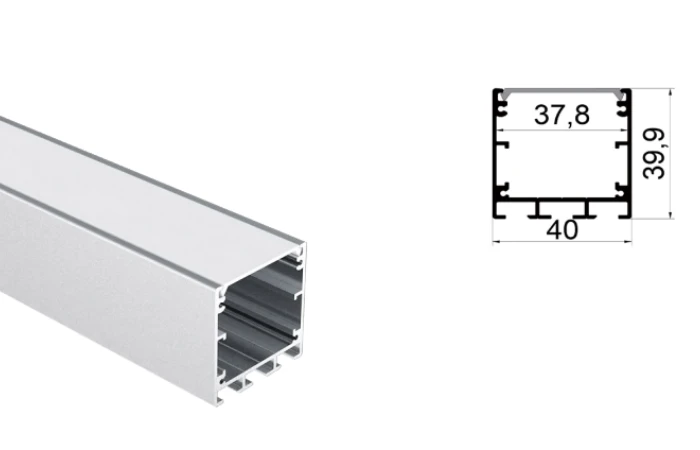
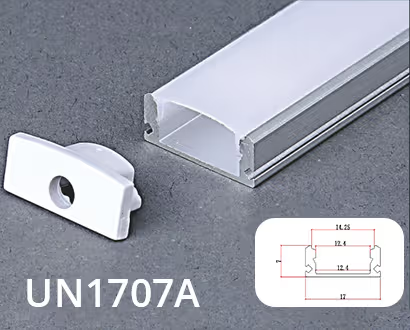
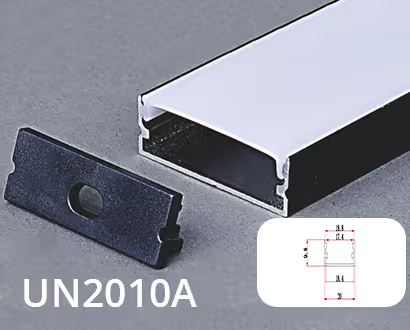
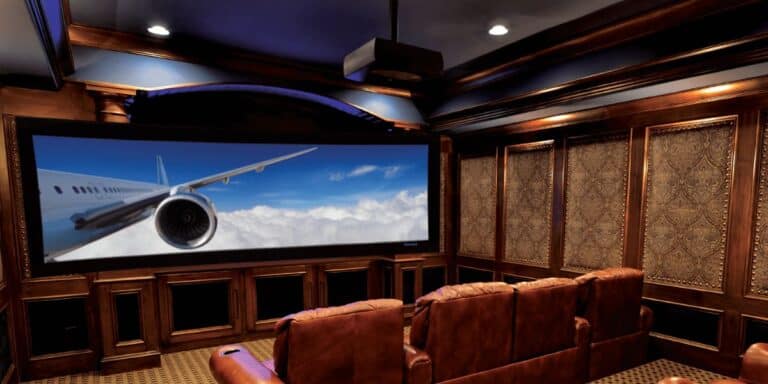

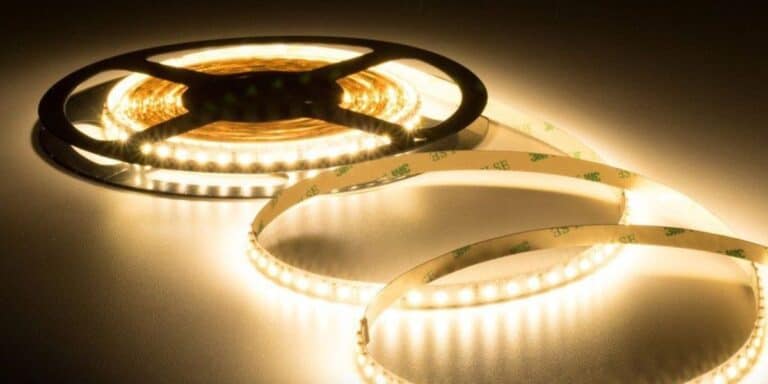

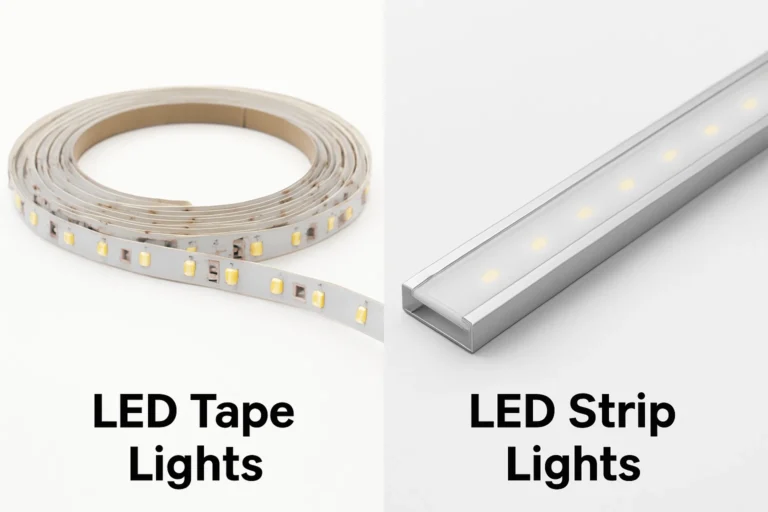
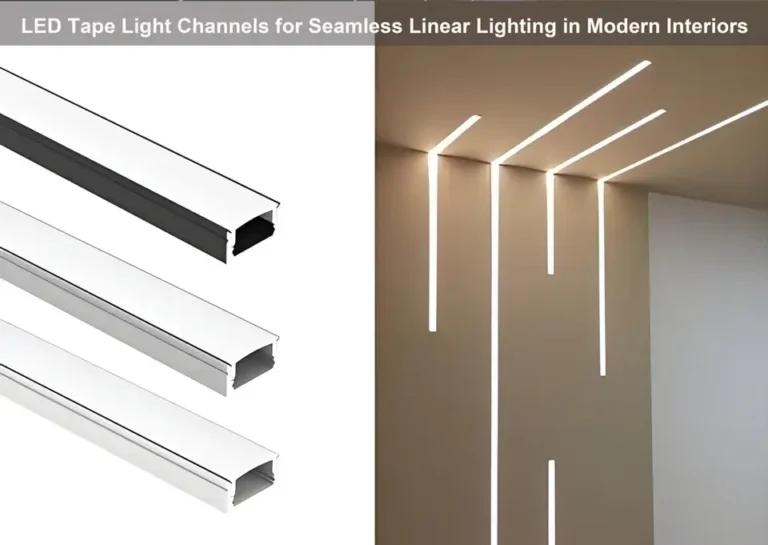

Eu amei tanto quanto você receberá realizado aqui, o esboço é atraente, seu material de autoria, mas você comanda, compra um nervosismo sobre o qual você deseja entregar o seguinte, sem dúvida, vindo mais anteriormente, exatamente o mesmo, quase sempre, caso você proteja essa caminhada
Alguém essencialmente ajuda a fazer um artigo de identificação significativamente, Esta é a primeira vez que eu frequento sua página da web e até agora fiquei surpreso com a pesquisa que você fez para tornar este post real incrível trabalho fantástico